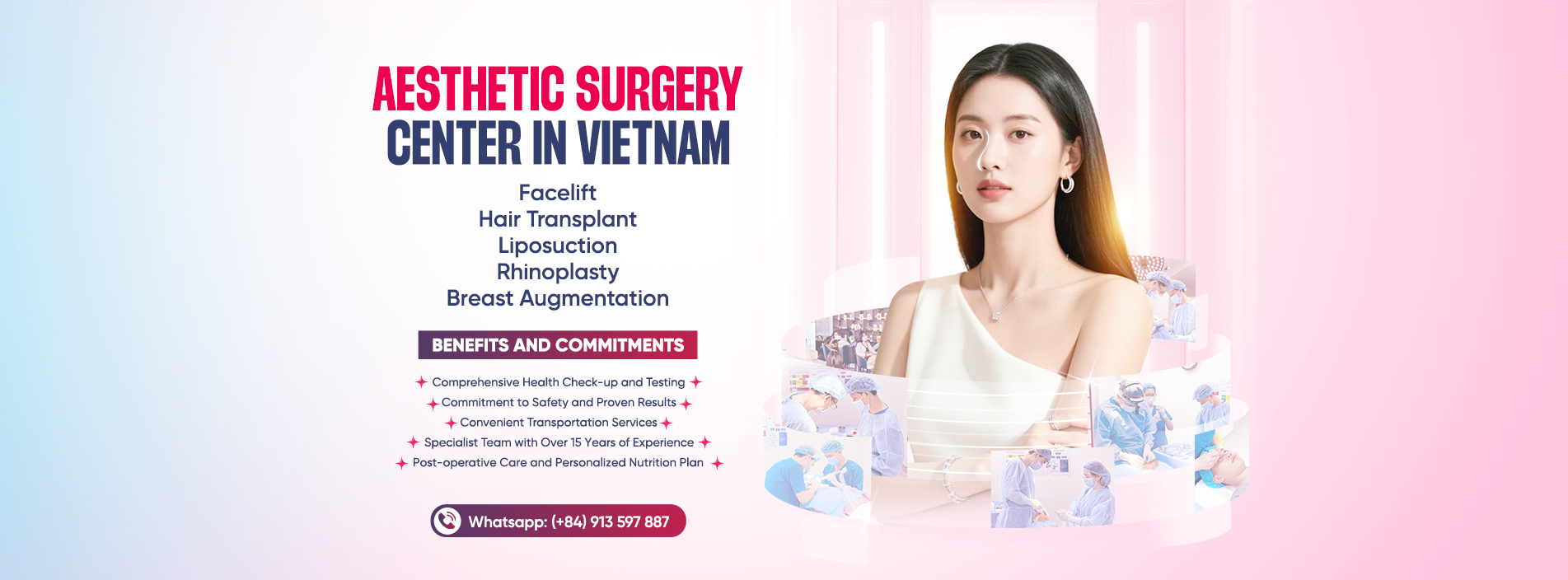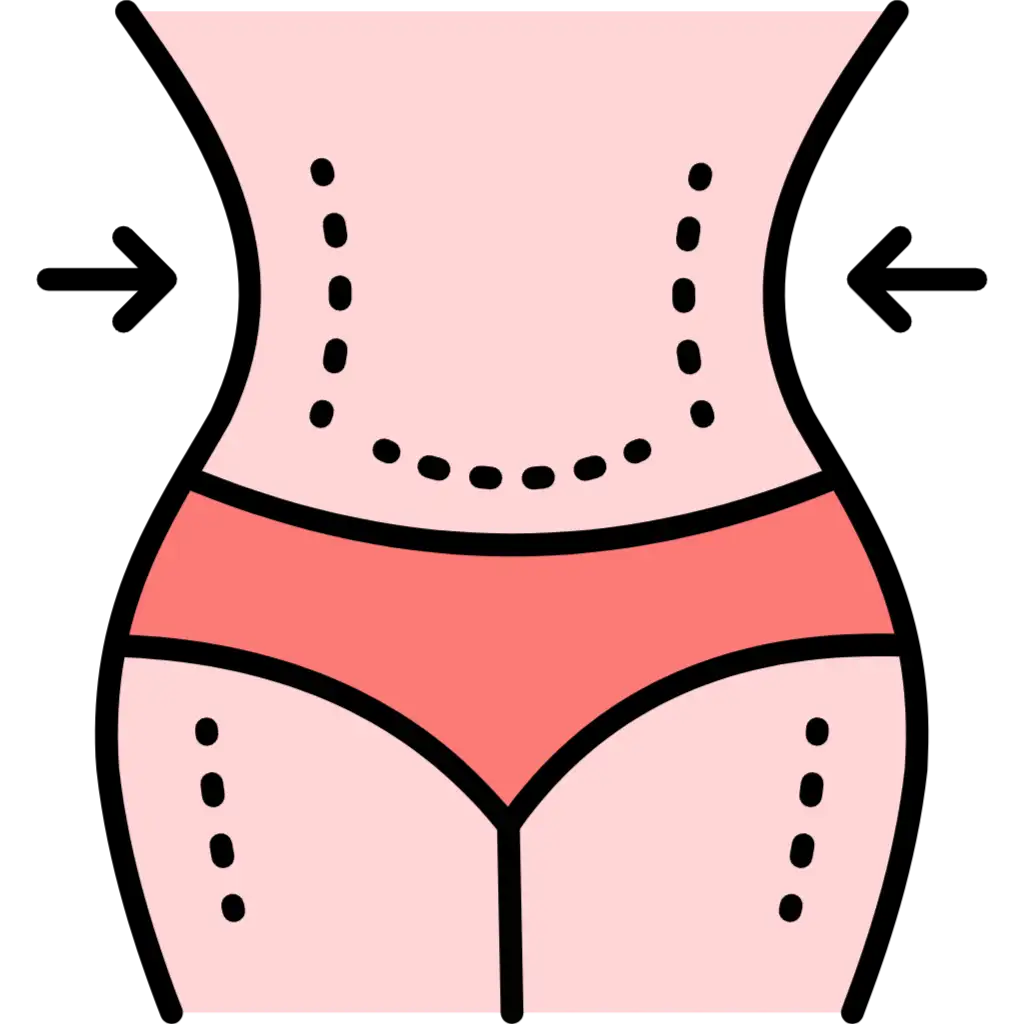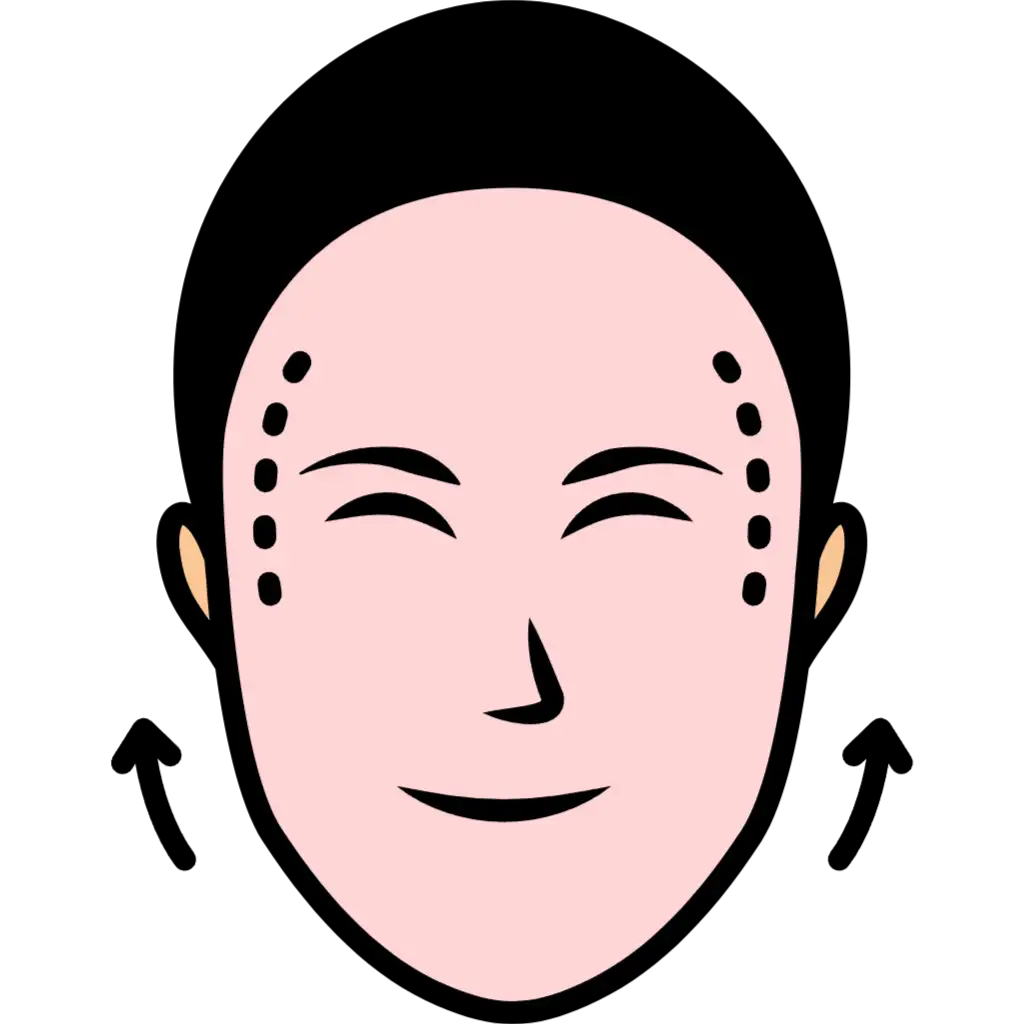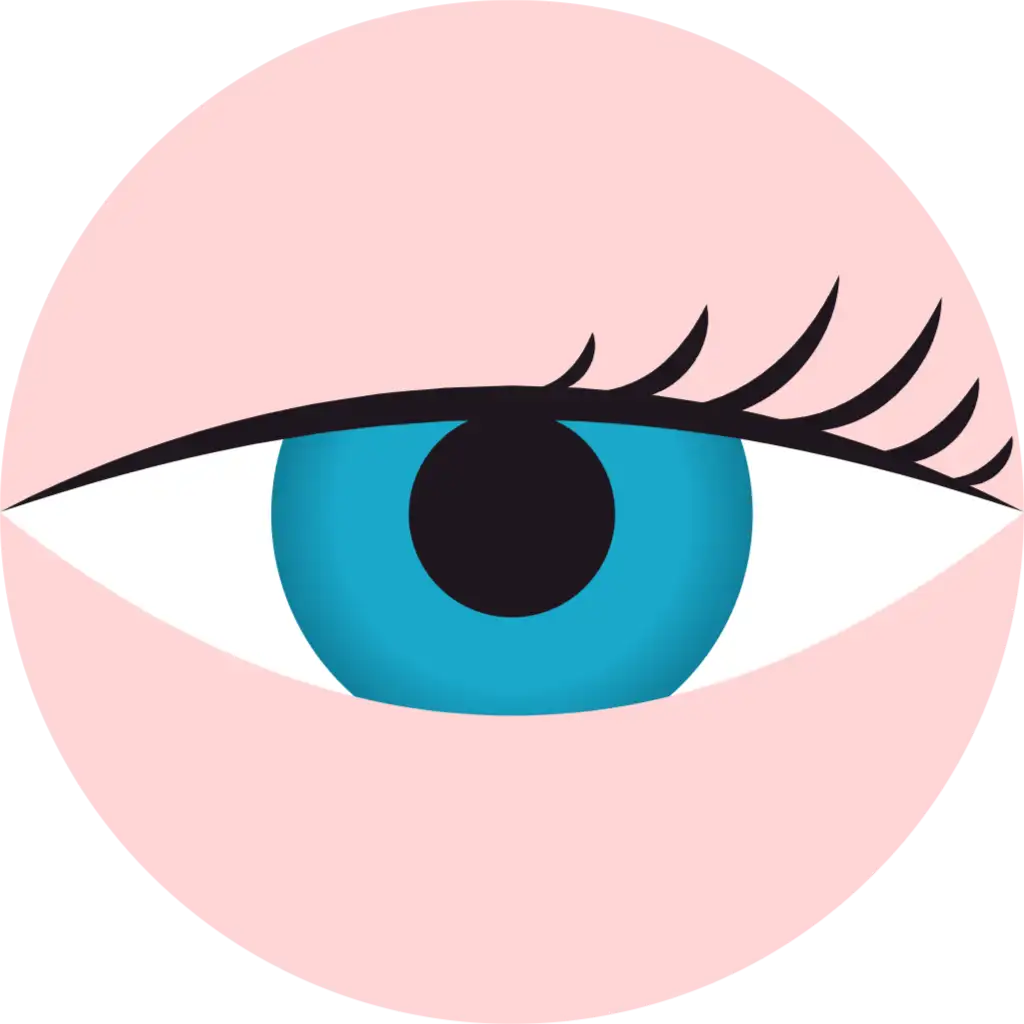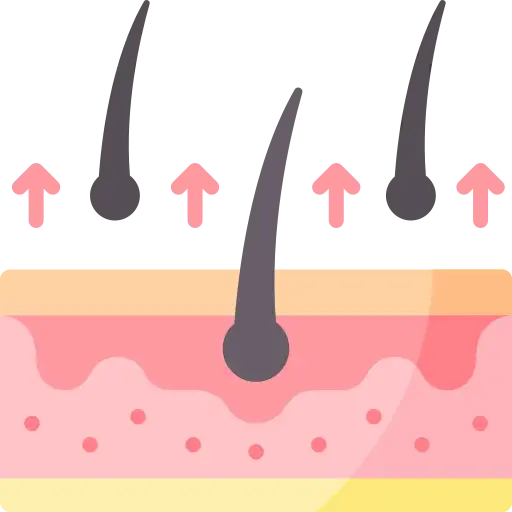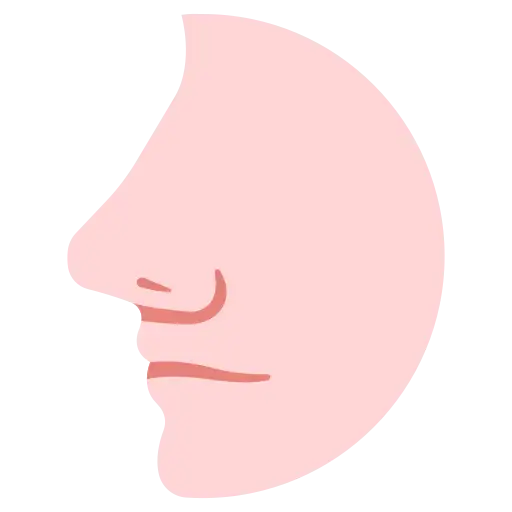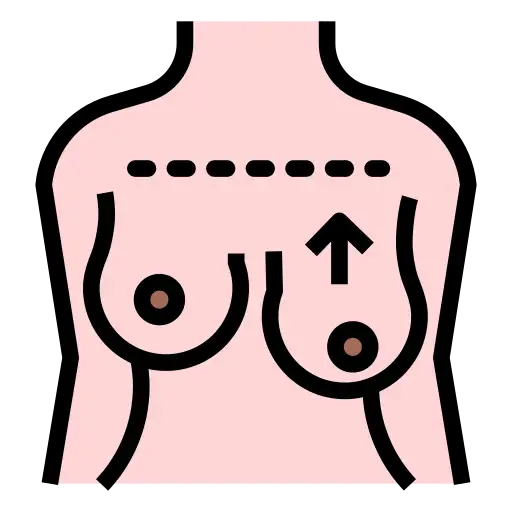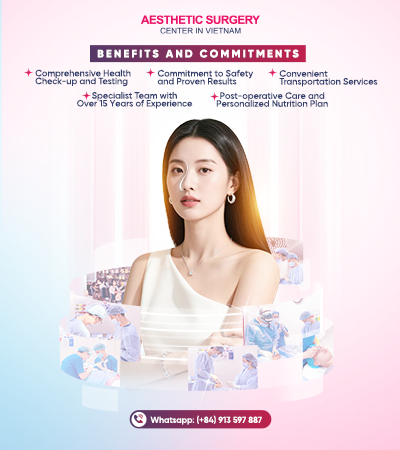
aestheticsurgeryvietnam

Outstanding Services
State-of-the-Art Equipment
Plastic Surgery Clinic Viet Nam stands out with 5-star facilities, providing a premium experience for its clients. The center features specialized skincare treatment rooms, dedicated treatment areas, and private waiting rooms to ensure comfort and privacy.
All equipment and machinery meet high-quality standards, as they are imported from leading developed countries such as the UK, France, and South Korea. This ensures safe and effective aesthetic procedures, delivering fast and impressive results.
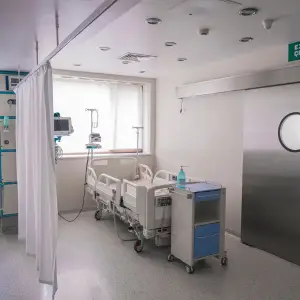
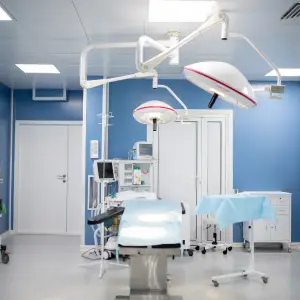
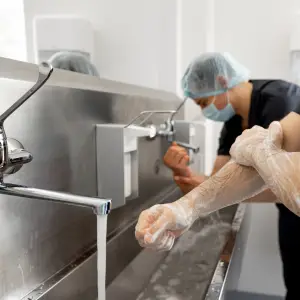
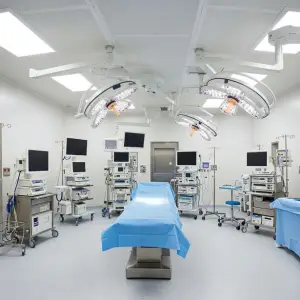
Plastic Surgery Clinic Viet Nam stands out with 5-star facilities, providing a premium experience for its clients. The center features specialized skincare treatment rooms, dedicated treatment areas, and private waiting rooms to ensure comfort and privacy.
All equipment and machinery meet high-quality standards, as they are imported from leading developed countries such as the UK, France, and South Korea. This ensures safe and effective aesthetic procedures, delivering fast and impressive results.

CUSTOMER IMAGES BEFORE AND AFTER TREATMENT
IMAGES BEFORE AND AFTER TREATMENT

 Emily Carter
Emily Carter  Facelift + necklift
Facelift + necklift  Before treatment condition
Before treatment condition
- Sagging of the neck, jawline, and brows after weight loss (brow ptosis)
- Submental fullness and excess cervical fat (double chin).
- Lax platysma with visible platysmal bands.
- Upper eyelid skin excess causing a tired look (dermatochalasis).
- Global facial skin laxity and loss of tone.
 Post-treatment condition
Post-treatment condition
- Facial and neck soft tissues are undermined, tightened, and repositioned to reduce laxity, wrinkles, and redundant skin.
- Crisper jawline with a natural V-line effect. Slimmer, more youthful facial contour.
- Neck addressed comprehensively: excess skin removed and platysma tightened, yielding a thinner, smoother neck.
- Upper eyelid excess skin excised. Incisions concealed in the natural crease, scars typically inconspicuous.
- Eyes appear more open with a brighter, natural gaze.
- Face looks firmer and younger, without the fatigued appearance from droopy lids or loose skin.
- Comprehensive yet natural rejuvenation with harmonious results and no obvious surgical stigmata.

 Sarah Thompson
Sarah Thompson  Facelift + necklift + eyelid
Facelift + necklift + eyelid  Before treatment condition
Before treatment condition
- Severe facial and cervical skin laxity, especially submental loss of elasticity.
- Descent of lower-face soft tissues blunting the jawline.
- Lax platysma with vertical banding.
- Excess cervical and submental fat (double chin) causing heaviness.
- Upper-eyelid dermatochalasis hooding the eyes, tired appearance.
- Uneven skin tone with mild dullness.
- Rough skin texture with enlarged pores.
- Global loss of firmness and youthful contours.
 Post-treatment condition
Post-treatment condition
- Face and neck elevated and tightened, laxity markedly reduced.
- Jawline recontoured and defined, slimmer lower-face profile.
- Neck smooth and taut with resolution of platysmal bands and vertical rhytids.
- Excess cervical/submental fat reduced, improved cervicomental angle.
- Upper lids refined: redundant skin excised; eyes appear brighter with natural depth.
- More even, brighter complexion after adjunct laser treatment.
- Smoother skin, tighter pores, improved elasticity.
- Global rejuvenation with natural harmony; scars concealed and typically minimal.

 David Miller
David Miller  Facelift + eyelid
Facelift + eyelid  Before treatment condition
Before treatment condition
- Global facial skin laxity, most evident in the midface and jawline (jowling).
- Upper-eyelid dermatochalasis with hooding, heavy and tired gaze.
- Lower-eyelid fine rhytids with dull, crepey skin and early photoaging.
- Deep nasolabial folds creating a fatigued or stern resting expression.
- Overall appearance older than stated age, reduced facial vitality.
 Post-treatment condition
Post-treatment condition
- Facial soft tissues elevated, tightened, and redraped with marked reduction of laxity.
- Upper lids refined: redundant skin excised, eyes appear wider and brighter; scars hidden in the crease.
- Lower-eyelid skin smoother and more even in tone with visible reduction in fine lines.
- Softer, more relaxed and approachable facial expression.
- Pan-facial rejuvenation with natural harmony and inconspicuous surgical stigmata.

 Linda Parker
Linda Parker  Lower facelift + necklift
Lower facelift + necklift  Before treatment condition
Before treatment condition
- Marked laxity of the lower face and neck with loss of firmness.
- Lax cervical and submandibular musculature (platysma) reducing structural support.
- Blunted, poorly defined jawline with a heavy, aged appearance.
- Horizontal neck lines and dynamic vertical platysmal banding.
- Overall reduced tone and vitality, appearance older than stated age.
 Post-treatment condition
Post-treatment condition
- Lower face and neck tightened with resolution of sagging.
- Platysma and lower-face support tightened and secured in proper anatomic position, restoring natural firmness.
- Sharper, slimmer jawline for a lighter, more refined facial contour.
- Smoother neck with diminished folds and no visible platysmal bands.
- Youthful, soft result that remains natural, without a “pulled” look.
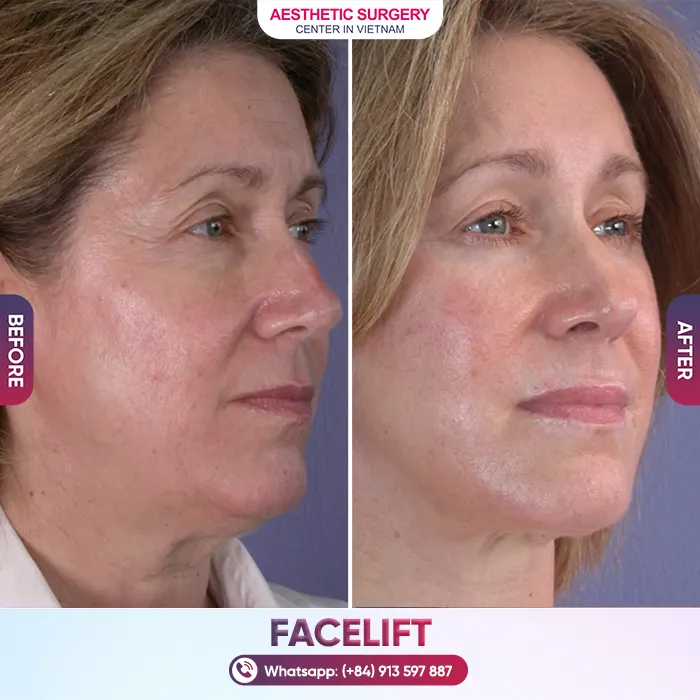
 Rebecca Moore
Rebecca Moore  Facelift + eyelid + browlift
Facelift + eyelid + browlift  Before treatment condition
Before treatment condition
- Sagging in the jawline and cheeks with loss of firmness.
- Mild brow ptosis, narrowing the forehead and producing a tired look.
- Upper-eyelid skin excess (dermatochalasis) causing fatigued appearance.
- Thin lips with reduced volume and peri-oral imbalance.
- Uneven skin tone with signs of photoaging and dullness.
- Resting facial expression appears older than stated age.
 Post-treatment condition
Post-treatment condition
- Midface and jawline lifted and refined; contour slimmer and more defined.
- Brows elevated to a natural position, opening the forehead–eye complex.
- Upper lids refined; redundant skin removed; gaze brighter and more agile.
- Lips appear fuller and more proportionate to the mouth and overall face.
- Smoother, more even, healthier-looking skin after CO₂ laser resurfacing.
- Global rejuvenation with a fresh, natural expression.
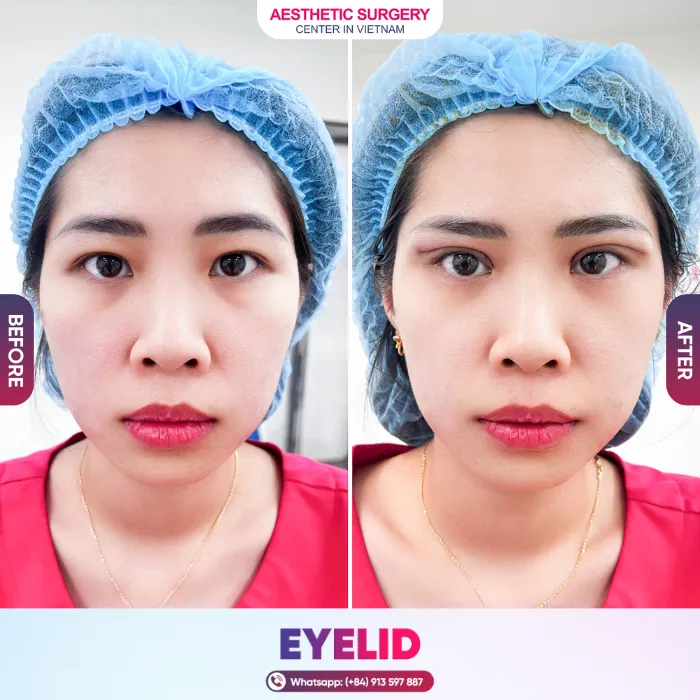
 Le Phuong Uyen
Le Phuong Uyen  Eyelid + keloid scar excision
Eyelid + keloid scar excision  Before treatment condition
Before treatment condition
- Subtle or absent upper-lid crease (hidden crease).
- Mild upper-lid droop (mild ptosis).
- Possible excess upper-lid skin (dermatochalasis).
 Post-treatment condition
Post-treatment condition
- Wo well-defined, symmetric double eyelids; crease height balanced.
- Brighter, more expressive gaze.
- Periorbital shape harmonizes with overall facial proportions.
- No significant bruising or swelling; fine aesthetic suturing with incision concealed in the natural crease.
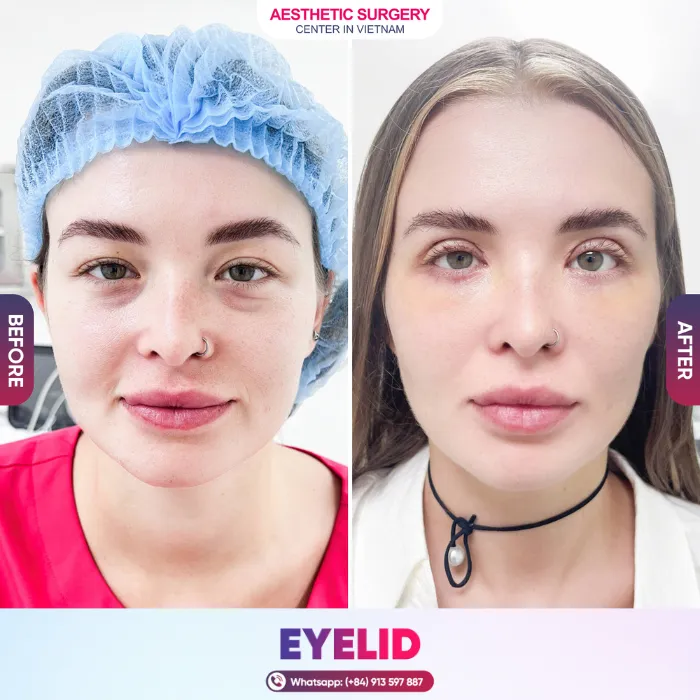
 Olya
Olya  Upper and lower eyelids
Upper and lower eyelids  Before treatment condition
Before treatment condition
- Upper lid: Mild excess skin (dermatochalasis). Crease indistinct with poor definition.
- Lower lid: Small fat prolapse (steatoblepharon) and a mildly deep tear trough, producing a tired look.
- Overall: Gaze underdefined, reduced vitality.
 Post-treatment condition
Post-treatment condition
- Upper lid: Well-defined, symmetric crease with a soft, natural contour.
- Lower lid: Marked reduction of fat prolapse and tear-trough depth, brighter and more youthful infraorbital area.
- Overall: Brighter face with a more open, refreshed gaze.
- Minimal edema or ecchymosis; recovery progressing well.
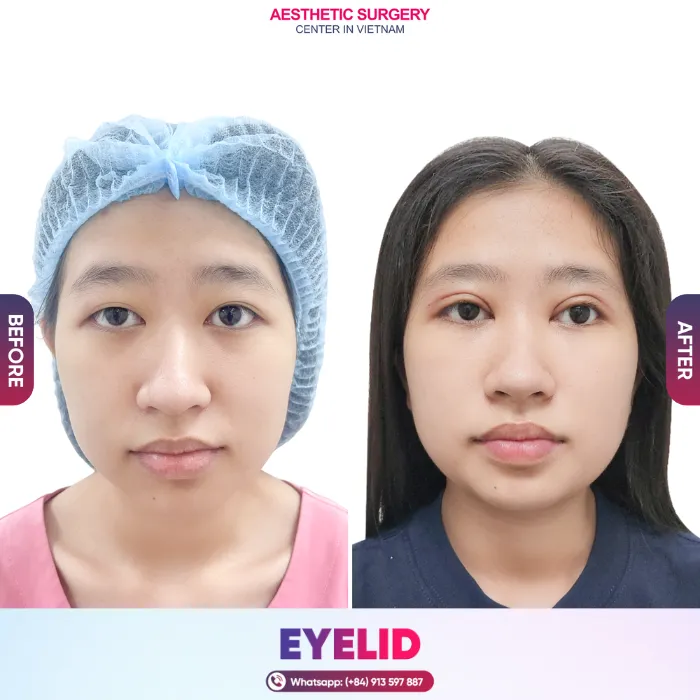
 Tran Gia Han
Tran Gia Han  Eyelid + keloid scar excision
Eyelid + keloid scar excision  Before treatment condition
Before treatment condition
- Single eyelid with an indistinct crease; mild upper-lid droop.
- Tired, low-vitality gaze.
- History of facial keloid; cosmetic removal requested.
 Post-treatment condition
Post-treatment condition
- Clear, symmetric, natural double eyelids; harmonious periocular shape.
- Wider eye opening with a brighter, more agile gaze.
- Keloid area neatly excised; no coarse scar visible in images.
- No significant swelling; recovery stable; peri-lid skin healing well.
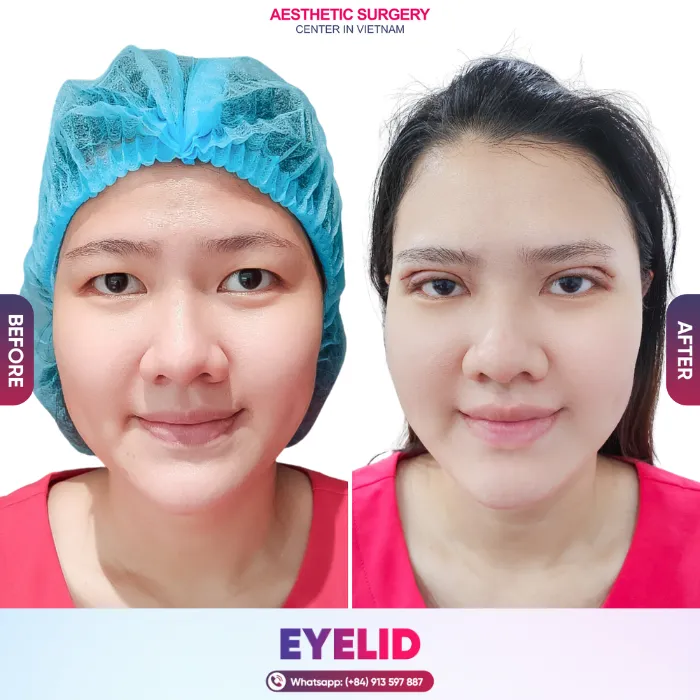
 Winny
Winny  Eyelid + keloid scar excision
Eyelid + keloid scar excision  Before treatment condition
Before treatment condition
- Monolid without a defined crease, gaze appears dull.
- Asymmetric upper lids with mild ptosis causing partial hooding.
- Tired facial look despite young age.
- No significant comorbidities; suitable for a gentle blepharoplasty technique.
 Post-treatment condition
Post-treatment condition
- Well-defined, soft double eyelids, symmetric bilaterally.
- Wider palpebral fissure and better lid contour; brighter, more engaging gaze.
- Crease at a moderate height, no retraction; scars concealed in the natural fold.
- Improved facial harmony across the eye–nose–chin proportions.
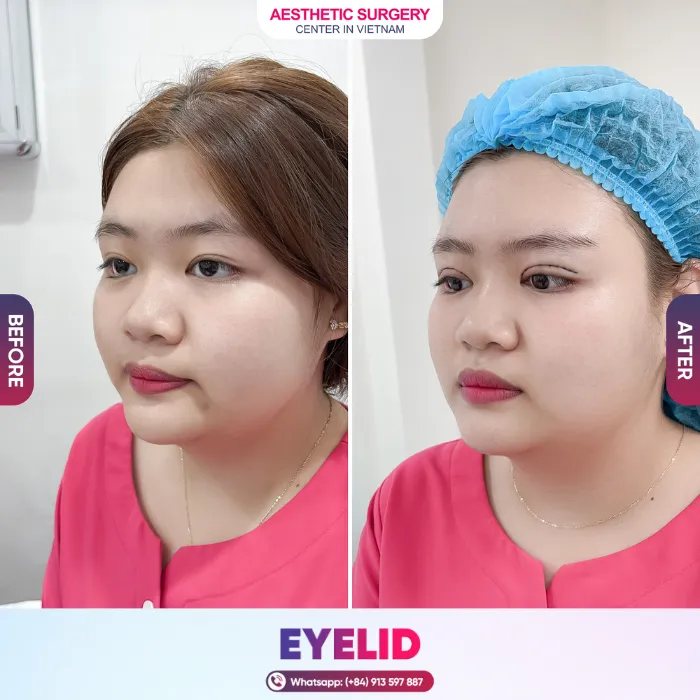
 Nguyen Ngoc Bao Tran
Nguyen Ngoc Bao Tran  Eyelid
Eyelid  Before treatment condition
Before treatment condition
- Monolid without a defined supratarsal crease.
- Thick upper-lid skin/soft tissue with partial pupillary hooding in primary gaze (mild ptosis/pseudoptosis).
- Downturned, low-energy gaze.
- Periorbital region lacks definition, face appears heavy.
- Good candidate for a Phoenix-style design to widen the palpebral aperture and reshape the crease.
 Post-treatment condition
Post-treatment condition
- Phoenix-style crease with subtle lateral extension; sharper eye shape.
- Crease height moderate, well defined, smooth, and symmetric with the face.
- Fine incision with concealed scar; no significant edema or ecchymosis.
- Brighter, wider, more alert gaze.
- Improved facial balance with effective periocular rejuvenation.
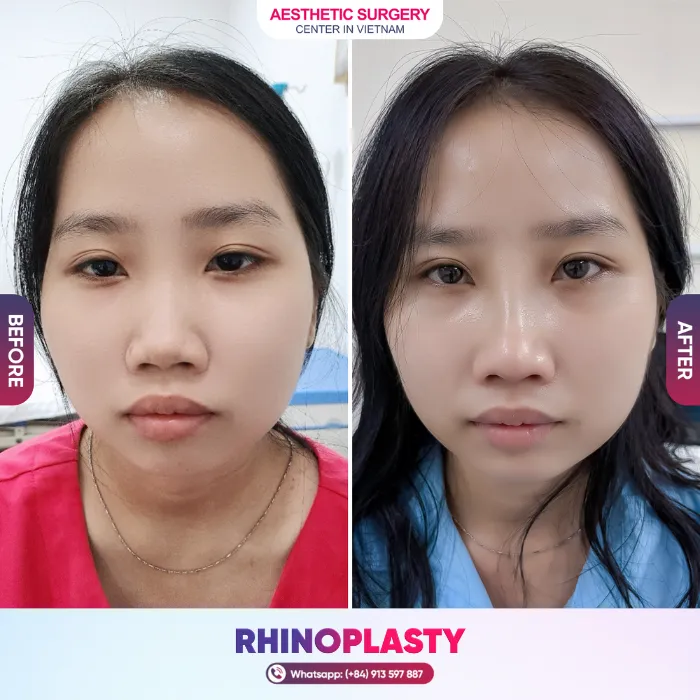
 Lu Ngoc Sinh
Lu Ngoc Sinh  Structural rhinoplasty with Surgiform
Structural rhinoplasty with Surgiform  Before treatment condition
Before treatment condition
- Low dorsum; flat nasal bridge.
- Short, slightly upturned tip; limited projection.
- Poorly defined nasofrontal angle; weak harmony across forehead–nose–lip–chin.
- Profile lacks a focal point.
- No prior nasal surgery.
 Post-treatment condition
Post-treatment condition
- Slender, natural dorsal augmentation without implant show.
- Tip lengthened and supported with cartilage grafts (auricular) and structural grafting; dorsal refined with Surgiform ePTFE.
- Balanced nasofrontal angle and smooth dorsal lines; “golden-ratio” side profile.
- Softer, more refined facial profile, especially on lateral view.
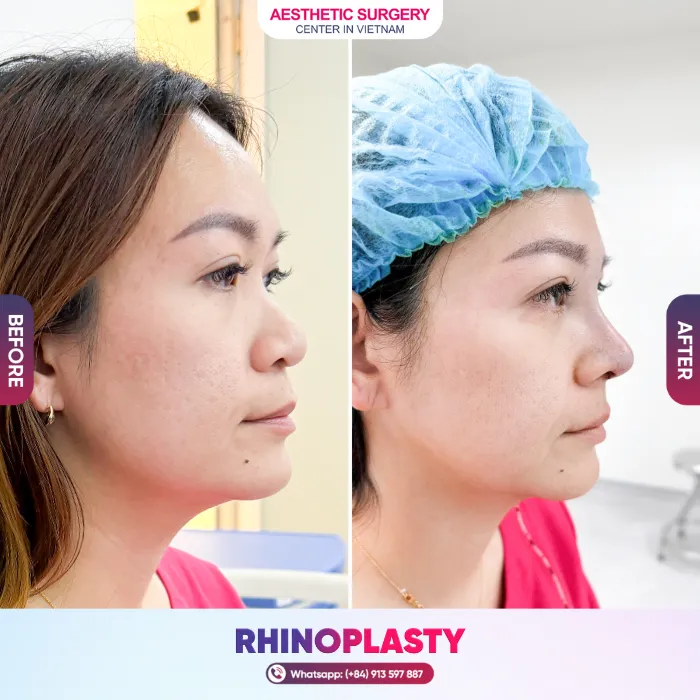
 Mai An
Mai An  Structural rhinoplasty with Surgiform
Structural rhinoplasty with Surgiform  Before treatment condition
Before treatment condition
- Low nasal dorsum; short tip with limited projection; disharmony with forehead and chin.
- Blunted nasofrontal angle; lateral profile lacks definition.
- Bulbous tip lacking finesse for feminine facial proportions.
 Post-treatment condition
Post-treatment condition
- Higher, slender dorsum with a smooth, natural contour.
- Tip narrowed and projected, creating a structural S-Line shape.
- Sharper, balanced lateral profile across nose–lip–chin.
- More refined overall facial appearance.
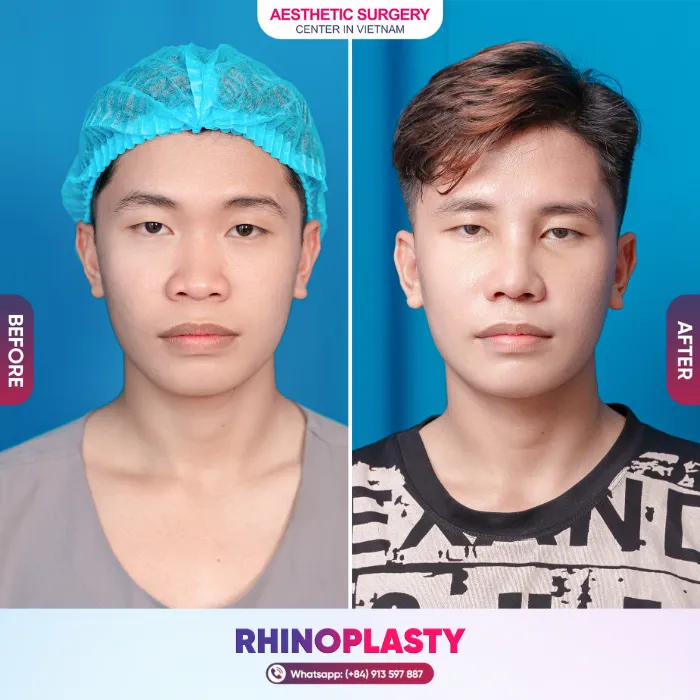
 Nguyen Trong Nhan
Nguyen Trong Nhan  Structural rhinoplasty with US “Nano” implant
Structural rhinoplasty with US “Nano” implant  Before treatment condition
Before treatment condition
- Low, poorly defined nasal dorsum.
- Bulbous, under-projected tip lacking shape.
- Mildly wide alar base, reducing nasal refinement.
- Weak facial focal point and disharmony.
- Dorsum nearly coplanar with the face, limited depth.
- Blunted radix–nasal junction (nasofrontal transition).
 Post-treatment condition
Post-treatment condition
- Higher, straight dorsal line from radix to tip for a clean profile.
- Tip subtly elevated and refined with a soft S-curve.
- Alar base narrowed for balanced nasal width.
- Clear improvement in overall facial harmony and masculine definition.
- Smooth nasofrontal transition, natural S-line aesthetic.
- Smooth nasofrontal transition, natural S-line aesthetic.
- Nose appears higher yet soft, without a stiff or overdone look.
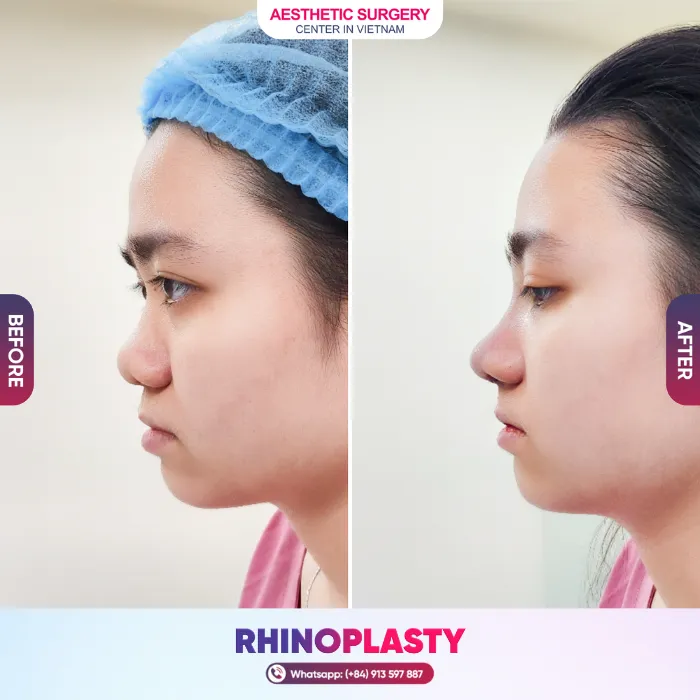
 Vo Hoai Bao Nghi
Vo Hoai Bao Nghi  Structural rhinoplasty with US “Nano” implant
Structural rhinoplasty with US “Nano” implant  Before treatment condition
Before treatment condition
- Low nasal dorsum; short tip; broad, horizontally wide nose.
- Disrupted dorsal line on profile with poor forehead–nose–chin alignment.
- Bulbous tip with inadequate height and projection.
- Frontal view lacks a focal point; nasal width diminishes facial refinement.
 Post-treatment condition
Post-treatment condition
- Dorsum elevated with a smooth, natural contour and no implant show.
- Tip reconstructed, lengthened, and narrowed; transverse flare corrected.
- Improved nose–lip–chin balance, especially on the lateral profile.
- Overall face appears lighter, more harmonious, and refined.
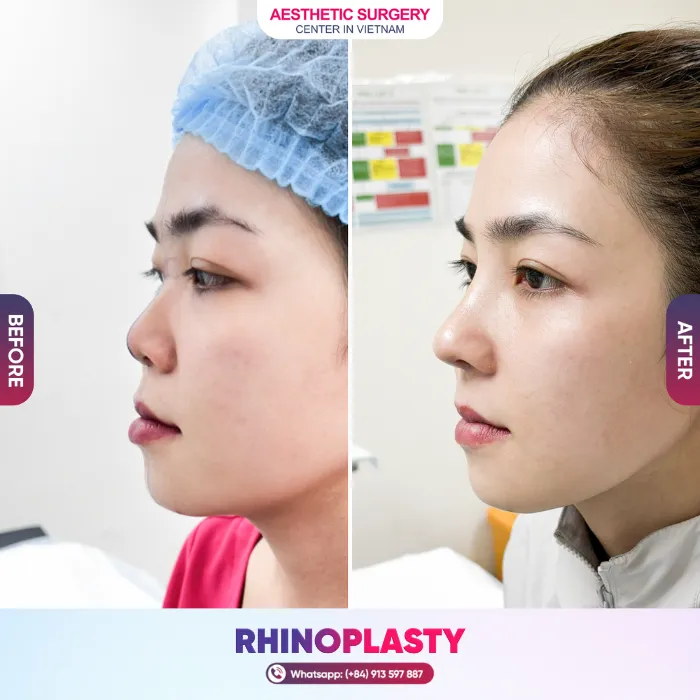
 Jang Nguyen
Jang Nguyen  Structural rhinoplasty with US “Nano” implant
Structural rhinoplasty with US “Nano” implant  Before treatment condition
Before treatment condition
- Low, flat dorsum with mild saddle; limited projection and depth.
- Bulbous, poorly defined tip due to weak lower lateral cartilages.
- Mild alar flare with visible, wide nostrils on profile; base imbalance.
- Face lacks a focal point because of the low bridge.
 Post-treatment condition
Post-treatment condition
- Dorsum elevated to a slender, harmonious height using a Nano implant plus autologous grafts, creating a smooth, natural S-line in frontal and lateral views.
- Tip structurally rebuilt with septal/auricular cartilage: smaller, longer, and better projected with soft definition; reduced risk of implant show or tip redness.
- Alar base refined; nostrils shaped into a symmetric teardrop/almond form; horizontal flare reduced.
- Overall facial harmony improved; features appear more defined and elegant.
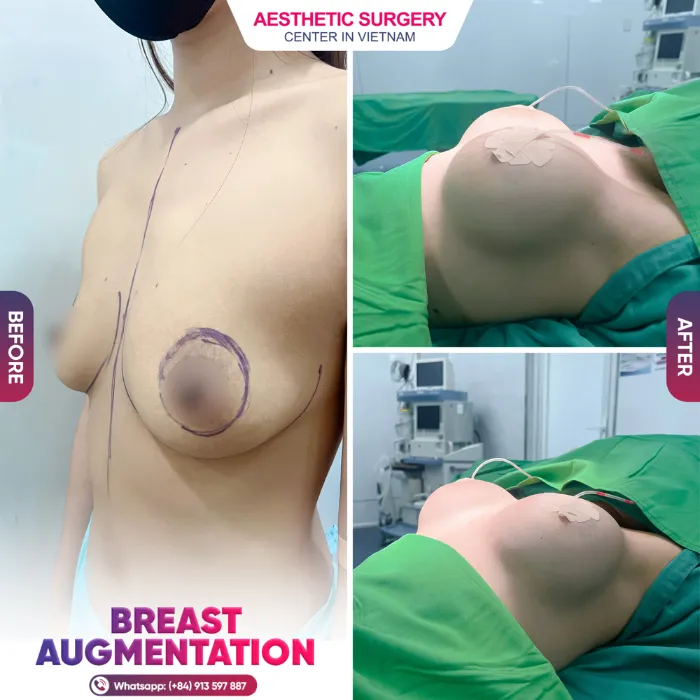
 Trinh Kieu
Trinh Kieu  Ergonomix breast augmentation + Grade I mastopexy + areolar reduction + nipple reduction
Ergonomix breast augmentation + Grade I mastopexy + areolar reduction + nipple reduction  Before treatment condition
Before treatment condition
- Grade I breast ptosis: nipples mildly descended relative to the inframammary fold; early sagging.
- Hypomastia: limited glandular tissue and upper-pole fullness, imbalance with shoulders and waist.
- Enlarged areolae and prominent nipples, disproportionate to breast mound.
- Insufficient anterior projection on profile; weak, droopy contour.
 Post-treatment condition
Post-treatment condition
- Augmentation with Ergonomix implants (soft, dynamic gel) for fuller, balanced, natural-feeling breasts.
- Nipple–areola complex repositioned to the central axis; height and symmetry corrected.
- Areolar and nipple reduction to aesthetic proportions for a youthful, harmonious look.
- Restored natural C-curve on lateral view with a fuller lower pole and smooth upper-to-lower transition.
- No implant show; incisions concealed at the periareolar border; minimal disturbance of glandular tissue.
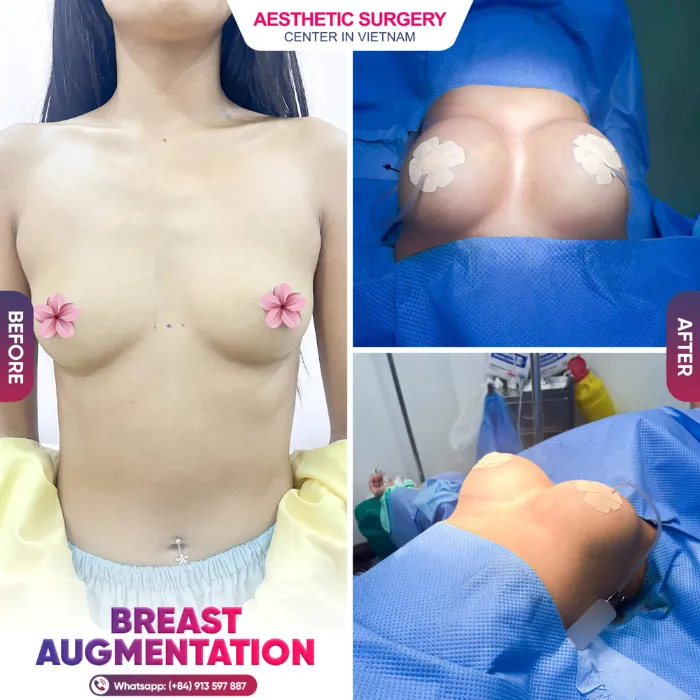
 Mo
Mo  Ergonomix breast augmentation
Ergonomix breast augmentation  Before treatment condition
Before treatment condition
- Small breasts with hypoplastic glandular and fatty tissue; flat upper torso; imbalance across bust–waist–shoulders.
- Wide intermammary distance with poorly defined cleavage.
- Mild breast asymmetry in size or height.
- Nipples slightly off the central breast axis on frontal view.
 Post-treatment condition
Post-treatment condition
- Fuller, naturally round breasts in proportion to body habitus.
- Defined, attractive cleavage with reduced intermammary gap.
- Improved left–right symmetry through surgical adjustment.
- Nipples realigned to the correct axis for bilateral symmetry.
- No implant show; discreet, aesthetic incisions with proper implant placement.

 Laura Bennett
Laura Bennett  Ergonomix breast augmentation + Grade I mastopexy + areolar–nipple reshaping
Ergonomix breast augmentation + Grade I mastopexy + areolar–nipple reshaping  Before treatment condition
Before treatment condition
- Grade I ptosis: nipples slightly below the inframammary fold; early sagging.
- Hypomastia: limited glandular tissue and soft-tissue envelope; bust disproportionate to shoulder–waist frame.
- Areolar enlargement with nipple hypertrophy; disproportionate to breast mound.
- Insufficient anterior projection and cleavage; absent aesthetic C-curve.
 Post-treatment condition
Post-treatment condition
- Fuller, soft, natural contour with Ergonomix implants (moderate projection, dynamic gel).
- Nipples recentred on the breast meridian; height and symmetry corrected.
- Areola and nipple reduced to aesthetic proportions for a youthful, balanced look.
- Defined C-curve on lateral view with a fuller lower pole.
- No implant show or “double-bubble”; periareolar scars concealed, minimal glandular disruption.

 Emily Collins
Emily Collins  Breast augmentation with lift (augmentation–mastopexy)
Breast augmentation with lift (augmentation–mastopexy)  Before treatment condition
Before treatment condition
- Moderate–severe ptosis, Grade II–III, in a 22-year-old with glandular laxity; breasts appear aged.
- Loss of upper-pole volume and projection.
- Aesthetic goal: higher, fuller, youthful breasts that remain natural, not rigid.
 Post-treatment condition
Post-treatment condition
- Elevation, firmness, and fullness restored: laser-assisted mastopexy plus 250 cc implants yields round, balanced contour with improved upper-pole fullness.
- Internal support created: laser induces durable fibrous support (“internal bra”) to help maintain shape and limit recurrent ptosis.
- Youthful, natural profile: soft roundness, appropriate projection, no overdone look.
- Less tissue trauma, faster recovery: laser enables precise dissection with typically less bruising and pain.

 Olivia Cooper
Olivia Cooper  Ergonomix breast augmentation with asymmetry correction
Ergonomix breast augmentation with asymmetry correction  Before treatment condition
Before treatment condition
- Small breasts with limited fullness (approx. 34A).
- Noticeable asymmetry: left breast sits lower than the right.
- Aesthetic goal: reach 34C. Fuller, symmetric, natural, and soft.
 Post-treatment condition
Post-treatment condition
- Volume restored with 354 cc Ergonomix implants. Target size 34C achieved.
- Asymmetry corrected: implants placed submuscular via periareolar incisions. Heights and contours balanced.
- Soft, natural feel maintained with under-muscle placement. Scars concealed at the areolar border.
- Durable result at 2 years: stable shape and symmetry. No displacement.

 Phan Nguyen Quynh Nhu
Phan Nguyen Quynh Nhu  Nano Chip Breast Augmentation + Grade II Ptosis Correction + Areolar Reduction.
Nano Chip Breast Augmentation + Grade II Ptosis Correction + Areolar Reduction.  Before treatment condition
Before treatment condition
- Grade II breast ptosis: The nipple–areolar complex lies below the inframammary fold but not excessively low, with mild hypertrophy of the lower pole.
- The lower pole skin is stretched, glandular tissue shows moderate ptosis, and overall breast parenchymal volume is average.
- The distance from the sternal notch to the nipple measures 19 cm, and from the nipple to the inframammary fold 15 cm, showing relative symmetry between both breasts.
- The areola is positioned lower than the central breast mound and is reoriented superiorly during preoperative marking.
- The areolae are enlarged and require reduction to achieve proportional harmony after implant placement.
 Post-treatment condition
Post-treatment condition
- Both breasts are visibly elevated and symmetrical, with well-defined upper pole fullness and a naturally rounded lower contour.
- The inframammary fold has been re-established, and the intermammary distance is appropriate.
- The nipple–areolar complexes are positioned higher, oriented anteriorly, and appear bilaterally balanced.
- No signs of capsular tension, distortion, or implant malposition are observed.
- Drains are correctly positioned, and compression dressing is applied properly.
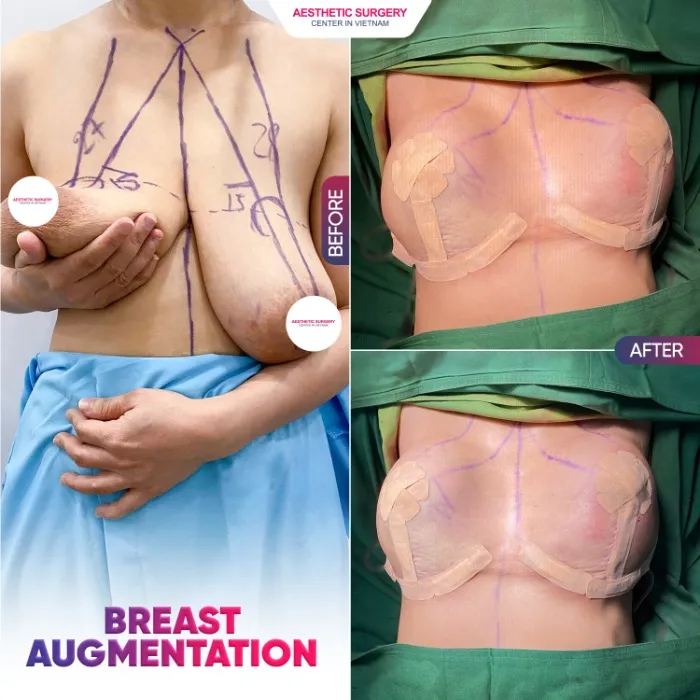
 Đang Thi Minh Hien
Đang Thi Minh Hien  Nano Chip Breast Augmentation + Grade III Ptosis Correction
Nano Chip Breast Augmentation + Grade III Ptosis Correction  Before treatment condition
Before treatment condition
- The patient presents with grade III breast ptosis (severe sagging).
- Lower pole skin: markedly stretched and inelastic.
- Glandular tissue: severe downward displacement below the inframammary fold.
- Sternal notch to nipple distance: approximately 28 cm (normal range: 19–21 cm).
- Nipple to inframammary fold distance: about 15 cm, indicating an elongated lower pole.
- Areolar position: significantly below the breast mound axis, oriented downward.
- → Diagnosis: Severe breast ptosis (Grade III) requiring a combined augmentation–mastopexy approach to restore upper pole projection and nipple position.
 Post-treatment condition
Post-treatment condition
- Breasts elevated to an anatomical position with visible symmetry.
- Upper poles full and projected, lower poles compact and defined.
- Inframammary fold clearly reconstructed.
- Nipple–areola complex centered and forward-facing.
- Medical adhesive dressings applied to protect sutures and maintain shape during the early healing phase.
- → The immediate post-operative result shows harmonious proportions and a natural curvature.
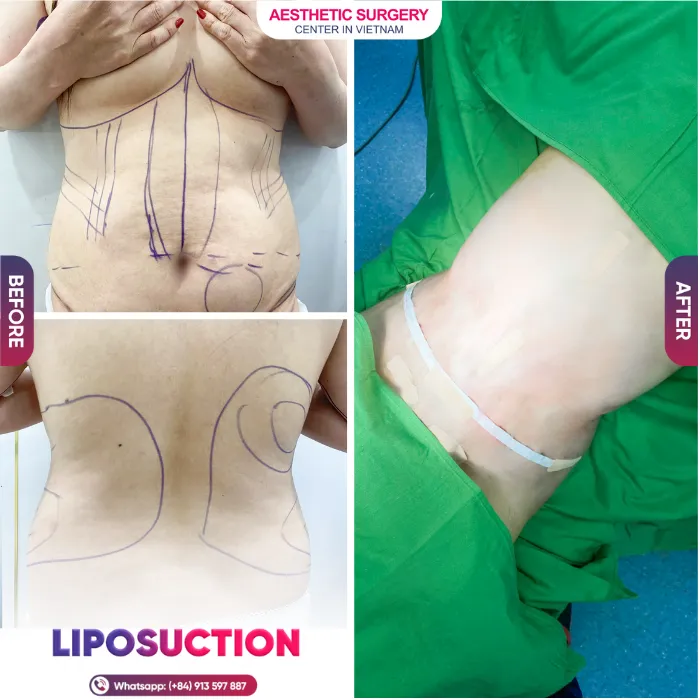
 Nguyen Thi Anh Nguyet
Nguyen Thi Anh Nguyet  Liposuction + abdominoplasty with back contouring
Liposuction + abdominoplasty with back contouring  Before treatment condition
Before treatment condition
- Thick abdominal fat with lax skin; waist 80–100 cm. Fat concentrated in the anterior abdomen and flanks. Poor abdominal wall tone. Loss of waist definition.
- Upper and lower back lipodystrophy with discrete bulges, blunting the natural S-curve.
- Disproportionate torso despite non-obese weight; poor abdomen–waist–back delineation.
 Post-treatment condition
Post-treatment condition
- Flatter abdomen and tighter waist after lipoabdominoplasty; redundant skin addressed and waistline re-created.
- Reduced back fat with smoother thoracolumbar and flank contours; S-curve restored.
- More balanced “hourglass” proportions across waist and hips; slimmer overall look.
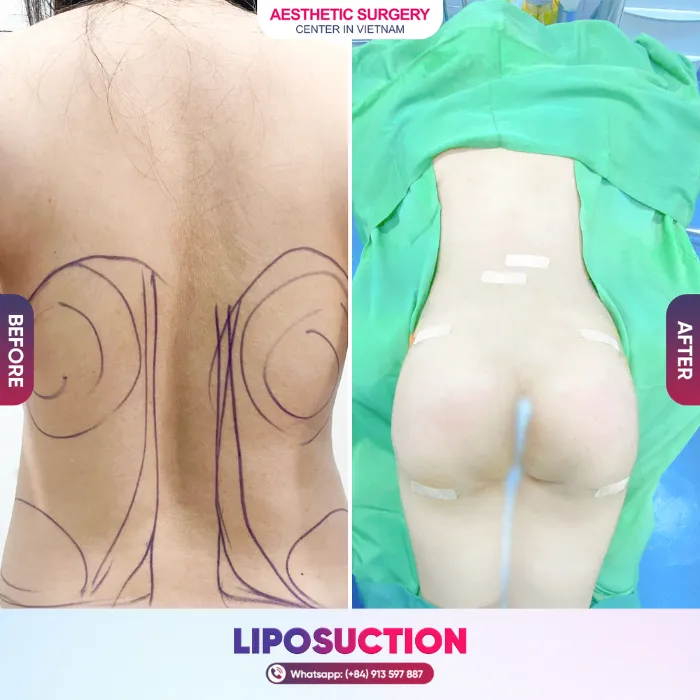
 Tran Thuy Trang
Tran Thuy Trang  Liposuction of upper & lower abdomen + flanks with autologous buttock fat grafting
Liposuction of upper & lower abdomen + flanks with autologous buttock fat grafting  Before treatment condition
Before treatment condition
- Localized fat in upper abdomen, lower abdomen, and flanks.
- Poor waist definition; wide, flat abdominal silhouette.
- Weak waist–hip curve; no hourglass contour.
- Mild gluteal volume deficiency; buttocks slightly flat relative to upper torso.
 Post-treatment condition
Post-treatment condition
- Abdomen evenly debulked and flatter; infra-umbilical bulge resolved.
- Waist narrowed with a clear lateral contour.
- Smooth abdominal surface without contour irregularities on review.
- Buttocks augmented with purified autologous fat, fuller and proportionate to waist and back.
- Small access incisions closed neatly; sutures removed; recovery progressing normally.
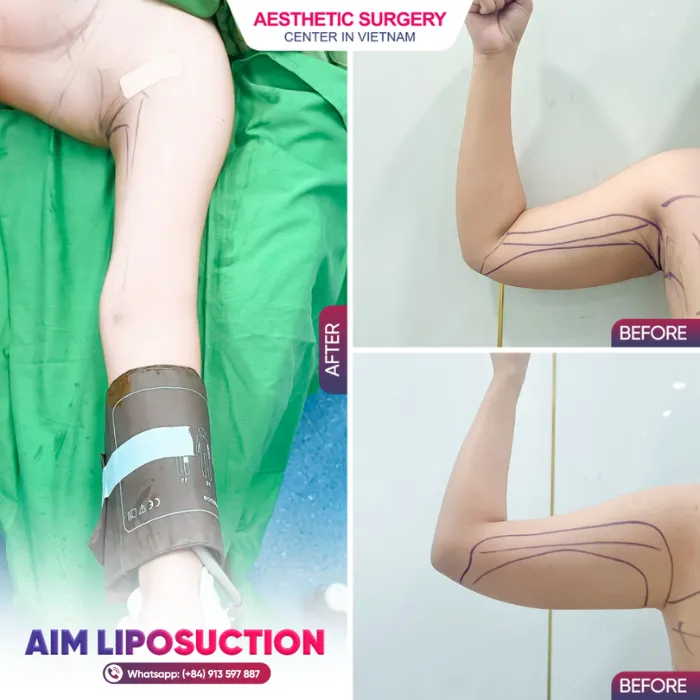
 Mai Thi Nhi
Mai Thi Nhi  Upper-arm liposuction + tummy tuck
Upper-arm liposuction + tummy tuck  Before treatment condition
Before treatment condition
- Significant fat in upper abdomen, lower abdomen, and back/flanks.
- Abdominal wall laxity/widening.
- Mild skin laxity with reduced tone and poor waist definition.
- Localized fat along the upper and lower arms.
- No clear muscle contour; arms appear bulky and heavy.
- Hard to wear fitted sleeves; redundant skin shows with movement.
 Post-treatment condition
Post-treatment condition
- Noticeably flatter abdomen with a smaller waist; slimmer torso.
- Smoother, more harmonious waist–hip curve.
- Skin surface tighter and even, without folds or irregularities.
- Clean incisions with sutures removed; healing well, no seroma or significant bruising.
- Even debulking bilaterally; slimmer, elongated arm contour with clear definition.
- Heavy appearance resolved on frontal and lateral views.
- Small, discreet access sites; cosmetic impact minimal.
- Recovery stable after liposuction and suture removal; no complications observed.

 Patricia Holmes
Patricia Holmes  Body-contouring liposuction — abdomen, waist, back, hips, inner thighs
Body-contouring liposuction — abdomen, waist, back, hips, inner thighs  Before treatment condition
Before treatment condition
- Generalized fat across abdomen, flanks, hips, and lower back; no defined curves.
- Abdominal skin laxity with horizontal folds when upright.
- Deep back rolls segmenting the posterior trunk.
- Excess medial-thigh fat enlarging upper legs and disrupting limb balance.
- Global loss of tone; older appearance; difficult to wear fitted garments.
 Post-treatment condition
Post-treatment condition
- Abdomen flattened with a newly defined contour; large skin folds eliminated.
- Waist notably reduced, creating a clear hourglass silhouette.
- Back fat debulked; rolls resolved; no lateral bulges.
- Abdominoplasty scar discreet and well placed, complementing the waist–hip line.
- Inner thighs slimmer; legs appear longer and better proportioned.
- Overall figure more youthful and firm; easier to wear body-hugging clothing or swimwear.
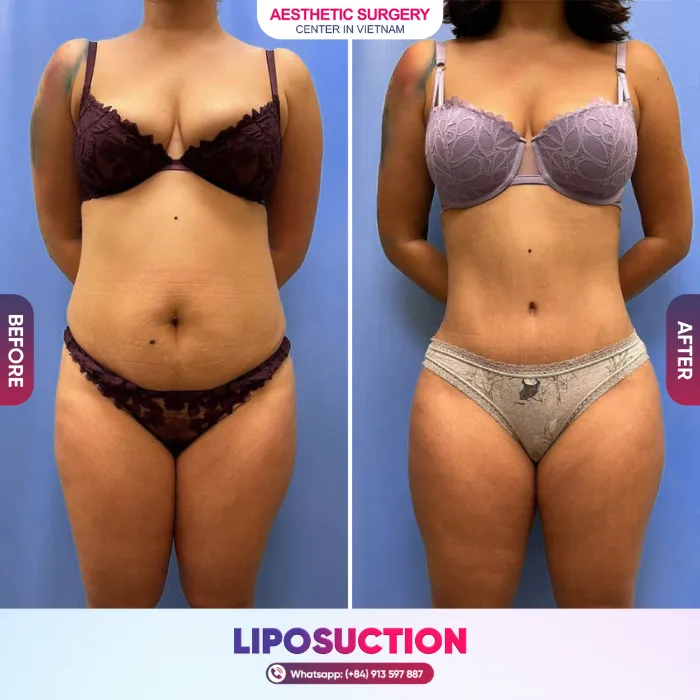
 Katherine Lewis
Katherine Lewis  Liposuction — abdomen, waist, back, hips, and inner thighs
Liposuction — abdomen, waist, back, hips, and inner thighs  Before treatment condition
Before treatment condition
- Generalized fat deposition in the abdomen, flanks, hips, and lower back; weak body curves.
- Abdominal skin laxity with horizontal folds in upright posture.
- Deep dorsal back rolls segmenting the back.
- Excess medial-thigh fat causing bulky upper legs and poor limb balance.
- Global loss of tone, older appearance, difficulty wearing fitted garments.
 Post-treatment condition
Post-treatment condition
- Abdomen flattened and tightened; abdominal contour redefined.
- Waist noticeably reduced with a clear hourglass silhouette.
- Back rolls eliminated; posterior trunk smooth without lateral bulges.
- Abdominal contouring incision discreet and well placed, supporting the waist–hip line.
- Inner thighs slimmer; legs appear longer and better proportioned.
- Overall figure more youthful and firm; easier fit for body-hugging clothing and swimwear.
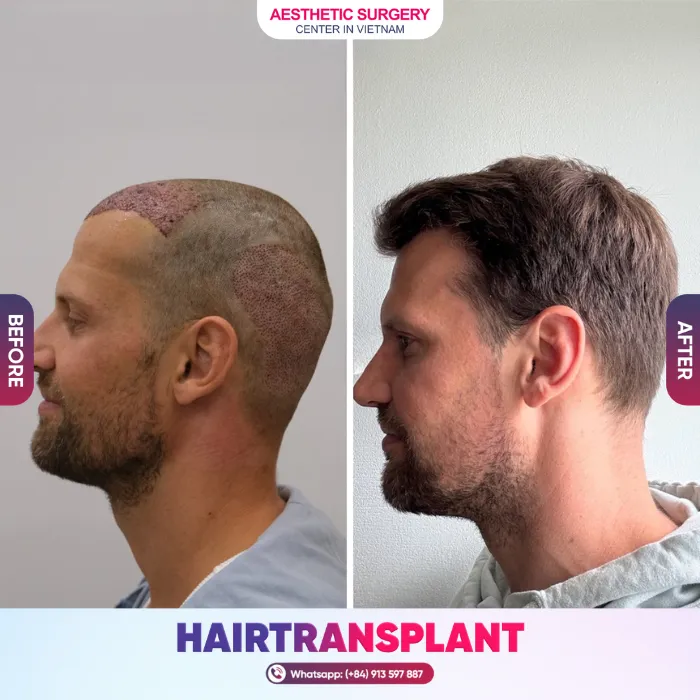
 James Peterson
James Peterson  Hair Transplant
Hair Transplant  Before treatment condition
Before treatment condition
- High forehead with shiny bald scalp.
- Deep temporal recession; widened U-shaped frontal hairline.
- No hair across mid-scalp and vertex.
- Scalp fully visible with absent coverage.
- Frontal hairline receded in an M-pattern extending toward the crown.
- Vertex completely bald; mid-scalp denuded.
- Only a thin occipital–parietal rim of donor hair remains.
 Post-treatment condition
Post-treatment condition
- Dense, even coverage from hairline to crown with no scalp show.
- Natural arched hairline design. Not overly square, yet retains masculine character.
- Proportions balanced with the face; more youthful appearance.
- High, uniform density from front to back without gaps.
- Natural lift and growth direction; indistinguishable from native hair.
- Seamless match to existing hair in color and texture.
- Soft yet thick, strong shafts, indicating excellent technique and near-complete graft survival.
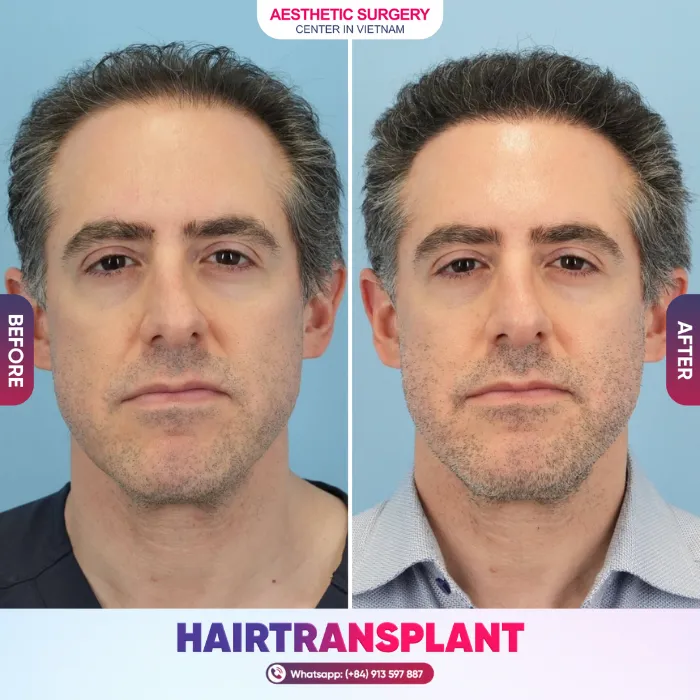
 Thomas Reed
Thomas Reed  Hair Transplant
Hair Transplant  Before treatment condition
Before treatment condition
- Male-pattern hair loss, Norwood III–IV.
- Receded frontal hairline with a high forehead; deep temporal recession.
- Vertex with visible scalp; remaining hairs are thin and miniaturized.
- Overall appearance older than stated age by ~7–10 years.
- Top-down view shows an empty crown swirl.
 Post-treatment condition
Post-treatment condition
- Dense, even coverage at the hairline and crown.
- Soft, natural hairline design that suits the face; not overly square.
- Complete coverage of all bald areas, including the crown, indicating high graft survival.
- Direction and color match native hair; transplant is virtually undetectable.
- Improved facial balance with a younger, more polished look.
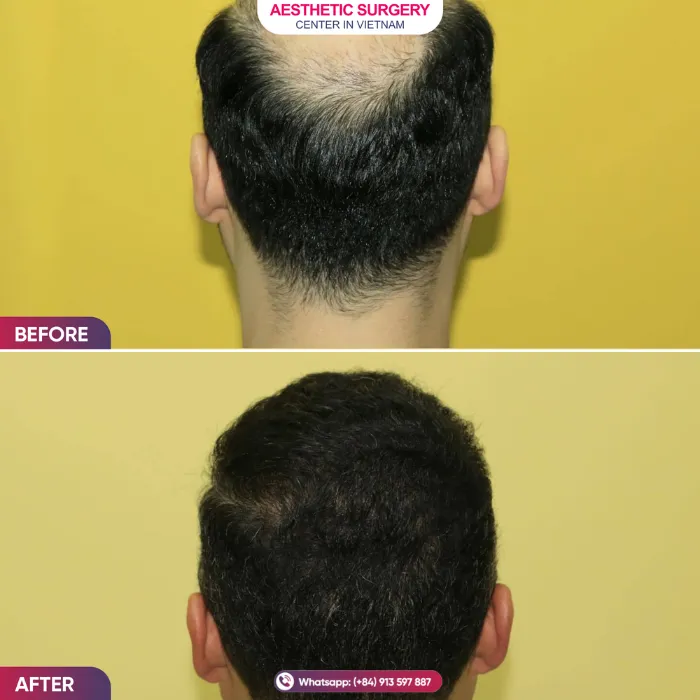
 Robert Hayes
Robert Hayes  Hair Transplant
Hair Transplant  Before treatment condition
Before treatment condition
- Advanced androgenetic alopecia: extensive loss at frontal scalp and vertex; hairline nearly absent.
- Residual hair density very low, concentrated along the temporal–parietal rim.
- Absent frontal frame elongates the face and ages the appearance.
 Post-treatment condition
Post-treatment condition
- Frontal hairline reconstructed with a soft, masculine curve; even density without a rigid straight edge.
- Vertex fully covered; no scalp show under direct light.
- Uniform density without patchy areas.
- Clear aesthetic gain: younger look and better facial balance with a defined hairline.
- Graft growth follows natural direction and swirl; no upright or chaotic shafts.
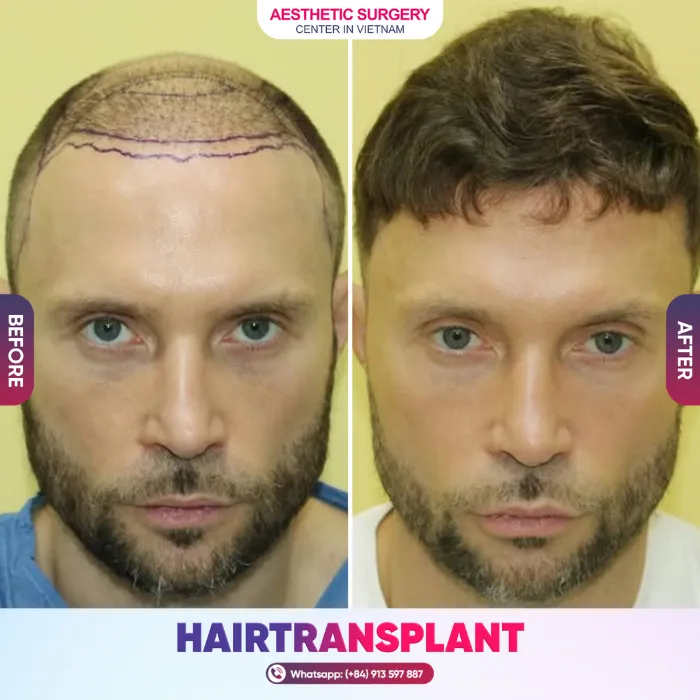
 William Grant
William Grant  Hair Transplant
Hair Transplant  Before treatment condition
Before treatment condition
- Prior transplant: ~2,400 grafts to the frontal scalp at another clinic.
- Graft mix: ~2,000 scalp grafts + ~400 beard grafts.
- Mid-frontal beard-graft zone with poor survival, minimal growth.
- Large interfollicular gaps and low density; unnatural appearance.
- Patient dissatisfied and requests corrective work.
 Post-treatment condition
Post-treatment condition
- Frontal zone fully covered with even, natural density.
- Failed frontal work corrected; no visible gaps or step-offs.
- New grafts show robust growth with proper direction and angulation; no kinked or upright hairs.
- Hairline redesigned with balanced, sex-appropriate contour for the face.
- Uniform cosmetic density achieved by 12–13 months.

 Steven Harris
Steven Harris  Hair Transplant
Hair Transplant  Before treatment condition
Before treatment condition
- Advanced androgenetic alopecia with near-total loss at the frontal, mid-scalp, and vertex.
- Residual density very sparse, limited to temporal rims and occipital donor zone.
- Shiny scalp surface, consistent with long-standing baldness and high graft requirement for coverage.
 Post-treatment condition
Post-treatment condition
- Dense, even coverage; hairline soft and natural, not overly square.
- Full coverage including the crown, indicating high graft survival.
- Implanted hair matches native hair in color and growth direction, evidencing precise technique.
Customer Reviews
 Ethan Lee
Ethan Lee

 Thomas
Thomas

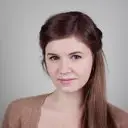 Nancy Cly
Nancy Cly

 Jurairat Molina
Jurairat Molina

Doctor
Cosmetic Surgery Doctor – Seoul Center
DR. BUI LE QUY TUNG
- Experience: 6+ years in aesthetic surgery
- Procedures performed: Over 6,000 successful cosmetic surgeries
- Graduated in Cosmetic Surgery: Can Tho University of Medicine and Pharmacy
- Certificate in Plastic & Reconstructive Surgery Orientation: Pham Ngoc Thach University of Medicine
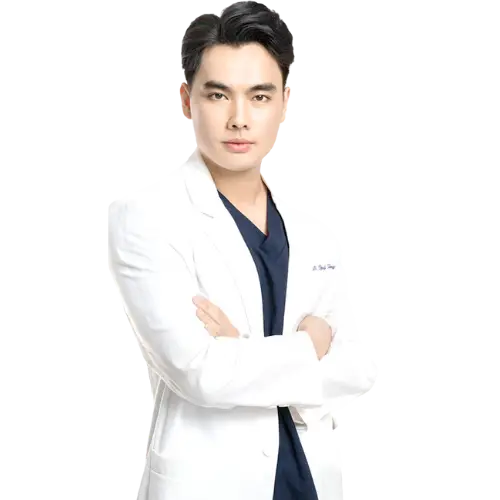
Head of Aesthetic Surgery Department – Seoul Center
DR. NGUYEN KIM KHOA
- Experience: Over 12 years in the cosmetic surgery field
- Specialty: Aesthetic Plastic Surgery & Dermatology
- Specialist Level II in Dermatology
- Hanoi Medical University
- Continuing Medical Education (CME) Certificates: Dermatology Hospital
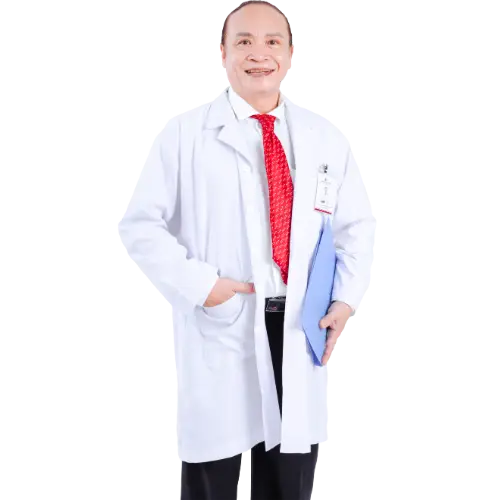
Video
Video
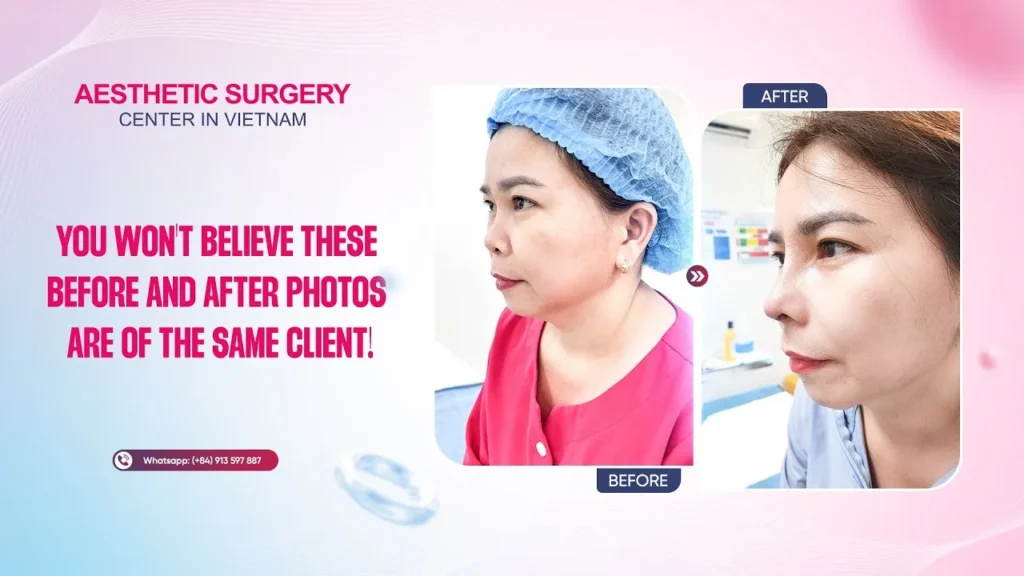
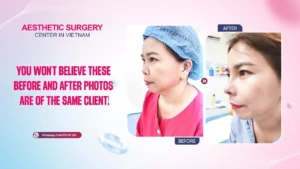
YOU WON’T BELIEVE THESE BEFORE AND AFTER PHOTOS AR
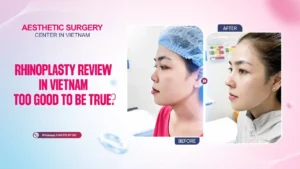
HONEST AND REAL REVIEW: MY FIRST RHINOPLASTY EXPERIENCE
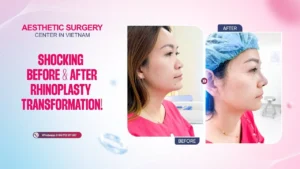
SHOCKING BEFORE & AFTER – RHINOPLASTY TRANSFORMATI
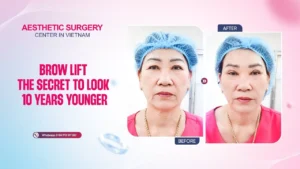
BROW LIFT – THE SECRET TO LOOK 10 YEARS YOUNGER
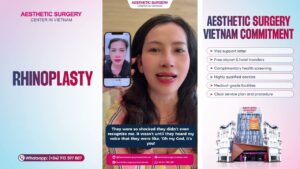
RHINOPLASTY TRANSFORMATION JOURNEY AT AESTHETIC SURGERY REAL EXPERIENCE
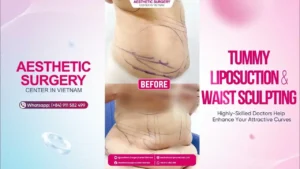
Before & After Liposuction in Vietnam – Shocking Real Results

Vietnam or USA: Where Should You Get Jaw Surgery?
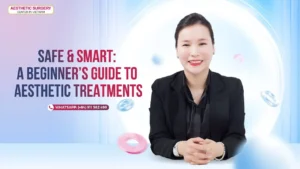
Safe & Smart: A Beginner’s Guide To Aesthetic Treatments
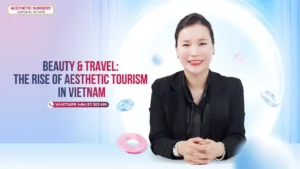
Beauty & Travel: The Rise Of Aesthetic Tourism In Vietnam

Health Requirements For Aesthetic Surgery

